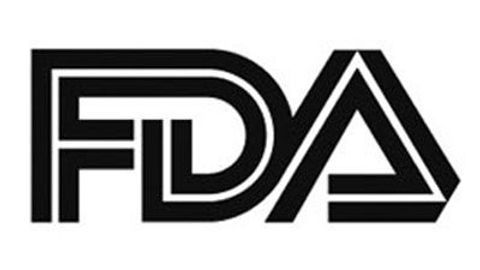FDA Approves Ivosidenib for IDH1-Mutated MDS
Ivosidenib tablets have received FDA approval for the treatment of adult patients with relapsed/refractory myelodysplastic syndromes with a susceptible IDH1 mutation.

- The FDA approved ivosidenib (Tibsovo) based on findings from the AG120-C-001 trial (NCT02074839).
- The Abbott RealTime IDH1 Assay as a companion diagnostic device to ivosidenib has also been granted approval by the FDA.
- This approval marks the 5th approved indication for ivosidenib.
The FDA has approved ivosidenib tablets for adult patients with relapsed/refractory myelodysplastic syndromes (MDS) with a susceptible IDH1 mutation, as detected by an FDA-approved test.1
Data from the open-label, single-arm, multicenter, AG120-C-001 (NCT02074839) trial, which included 18 adult patients with relapsed or refractory MDS with an IDH1 mutation, serve as the basis for this approval.
Findings showed that all of the responses observed among patients in the trial were complete responses (CRs). The CR rate was 38.9% (95% CI, 17.3%-64.3%), the median time-to-CR was 1.9 months (range, 1.0-5.6 months), and the median duration of CR was not estimable (range, 1.9-80.8+ months).
In the study, IDH1 mutations were detected in peripheral blood or bone marrow by a local or central diagnostic test and confirmed retrospectively by the Abbott RealTime IDH1 Assay. Patients were treated with ivosidenib orally at a starting dose of 500 mg daily continuously for 28-day cycles. Treatment continued until disease progression, unacceptable toxicity, or hematopoietic stem cell transplantation.
Enrollment was open to patients ≥18 years of age with documented IDH1 R132 gene-mutated advanced hematologic malignancy based on local or central evaluation, and patients must be have been amenable to serial bone marrow biopsies, peripheral blood sampling, and urine sampling during the study.2 Patients were required to have an have ECOG performance status of 0 to 2, platelet count ≥20,000/µL, adequate hepatic function and renal function, and have recovered from any clinically relevant toxic effects of any prior surgery, radiotherapy, or other therapy intended for the treatment of cancer.
The median treatment duration was 9.3 months.1 One patient underwent a stem cell transplant following treatment with ivosidenib. Efficacy was established by the rate of CR or partial remission (PR), CR plus PR durations, and conversion rate from transfusion dependence to independence.
Additional findings showed that 6 of the 9 patients (67%) who were dependent on red blood cell (RBC) and/or platelet transfusions at baseline became RBC and platelet transfusion independent during any 56-day post-baseline period. Seven of the 9 patients (78%) independent of both RBC and platelet transfusions at baseline remained transfusion independent during any 56-day post-baseline period.
For safety, the most common adverse events (AEs) observed among patients were similar to common AEs seen when ivosidenib was given to patients with acute myeloid leukemia as a monotherapy. AEs include diarrhea, constipation, mucositis, nausea, arthralgia, fatigue, cough, myalgia, and rash. Data showed that the therapy may also cause QTc prolongation.
REFERENCES:
1. FDA approves ivosidenib for myelodysplastic syndromes. News release. FDA. October 24, 2023. Accessed October 24, 2023. https://tinyurl.com/yc562fpp
2. Study of orally administered AG-120 in subjects with advanced hematologic malignancies with an IDH1 mutation. ClinicalTrials.gov. Updated October 11, 2023. Accessed October 24, 2023. https://www.clinicaltrials.gov/study/NCT02074839
Lachowiez Considers the Use of Tagraxofusp in BPDCN as Bridge to SCT With Peers
March 21st 2024During a Targeted Oncology™ Case-Based Roundtable™ event, Curtis Lachowiez, MD, discussed targeted therapy for blastic plasmacytoid dendritic cell neoplasm and its role in patients who could receive allogeneic stem cell transplant.
Read More